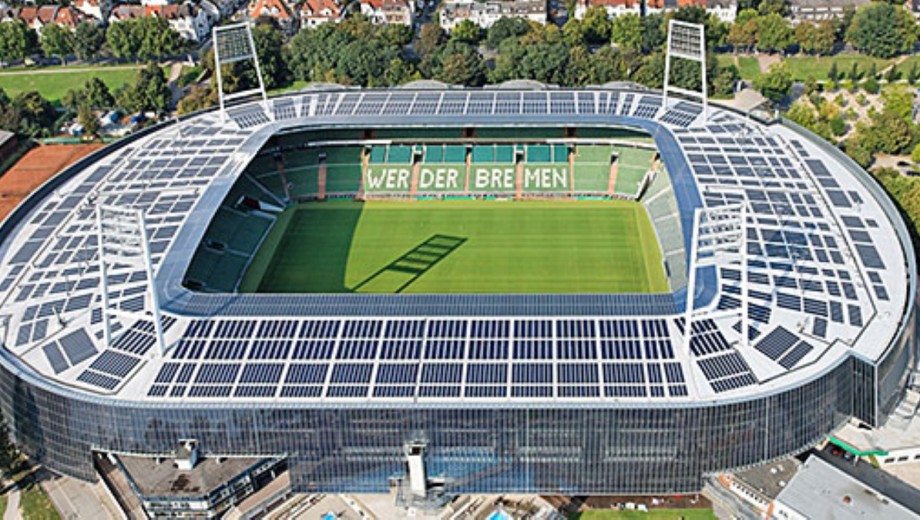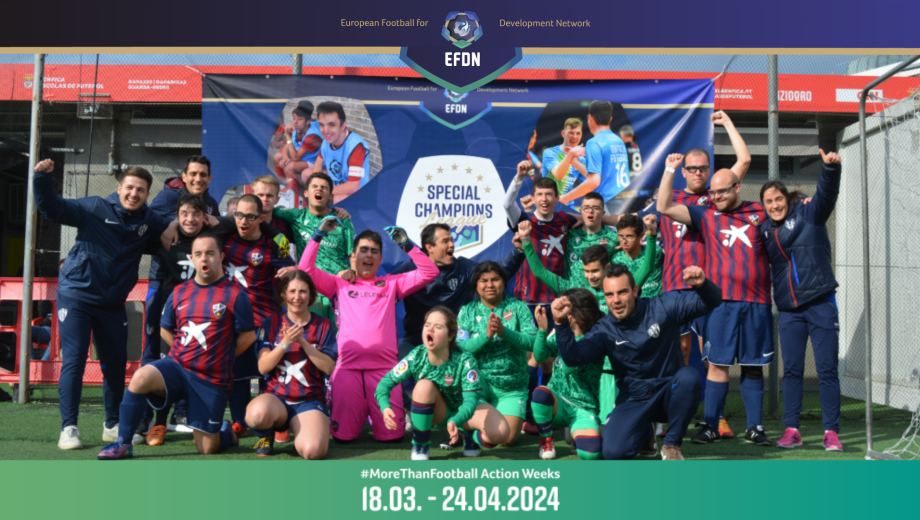Sport and environmental sustainability
Recently, an article was published at the website sportanddev.org, addressing the question how sport can raise awareness and set standards of environmental sustainability.
Considering, that over the past years the protection of the environment has increasingly become a topic of global debate the question arises what is football – as a global industry- doing to reduce its carbon footprint and raise awareness of environmental sustainability?
In this regard, the article, written by Neil Rankin, examines three main aspects; mega-events, stadia and sports clubs.
Mega-events

During the last year, efforts took place to reduce the carbon footprint at mega-events, among others at the EURO 2016 in France. The implemented UEFA Respect campaign was strongly focused on environmental sustainability. The campaign encouraged among others public transport and walking, partnering with the French national railway company (SNCF), recycling 50% of tournament waste and limiting the use of energy and water.
Also outside the world of football, efforts took place to reduce carbon footprint at mega-sport events. This can be noticed when looking at the Rio Olympic and Paralympic Games, which were organised with the intention of creating “green games”. Thus, using sustainably sourced food, limiting the materials and personnel, and decreasing the use of heavy vehicles where possible.
Stadia
Not only mega-events are increasingly working towards reducing carbon footprint but also sports stadia are aiming at providing innovative sustainable solutions. The AAMI Park Stadium in Melbourne, the AVIVA Stadium in Dublin and the National Stadium in Taiwan can be considered as good examples for sustainable stadia due to their contemporary methods in the field of green energy, water management and public transport.
The AAMI Park Stadium in Melbourne makes use of a draining system that collects rainwater for use in the stadium, and other facilities in the area. The installation is supposed to save up to 1.900,000 liters per year.
The Aviva Stadium in Dublin is entirely powered by clean energy. According to the stadium’s owner, this can save up to 3.000 000 kg emission every year. Additionally, sustainable systems have been implemented, which encourage public transport to the stadium, as well as cycling.
Also the National Stadium in Taiwan increasingly focuses on clean energy and has 8,844 solar panels on its roof. Next to generating solar power for the stadium, power is being feed into the grid in order to make a wider societal contribution.
Football clubs
Next to mega-events and stadia, also football clubs are increasingly showing a tendency to contribute to a more sustainable future. The English Forest Green Rovers Football Club has chosen to switch to an organically grown pitch, which is fed by collected rainwater. Next to that, its LED floodlights are powered by solar panels and the club solely serves meat-free menus, sourced by local producers.
In addition to the already mentioned example of Forest Green Rovers FC, EFDNs data reveals that a growing number of football clubs show a commitment to sustainability. For instance, a contribution to sustainability is being made by EFDN member Greenock Morton FC. In 2016, the club launched the Greener Morton FREE Eco Fun Day following the purpose of raising awareness for climate change. During the event, information concerning the topics of recycling correctly, up-cycling and public transport were provided to the public. Additionally, the club asked participants of the FREE Eco Fun Day to bring along old kit and boots for recycling.
Another EFDN member club that demonstrates its green stands for being environmentally conscious is Werder Bremen. The club has incorporated 20,000 single module solar cells on its roof, which next to generating enough power for the Weser Stadium, have the capacity of producing a surplus energy to power 400-500 houses a year.
Overall, clubs, organisations and governing bodies can use the status of football to disseminate information and increase awareness of environmental responsibility. As shown above, efforts of reducing carbon footprints in sports are increasingly being made. Moreover, the focus of environmental sustainability in football is expected to further rise in the future.
EFDN Youth Exchanges
European Legends




